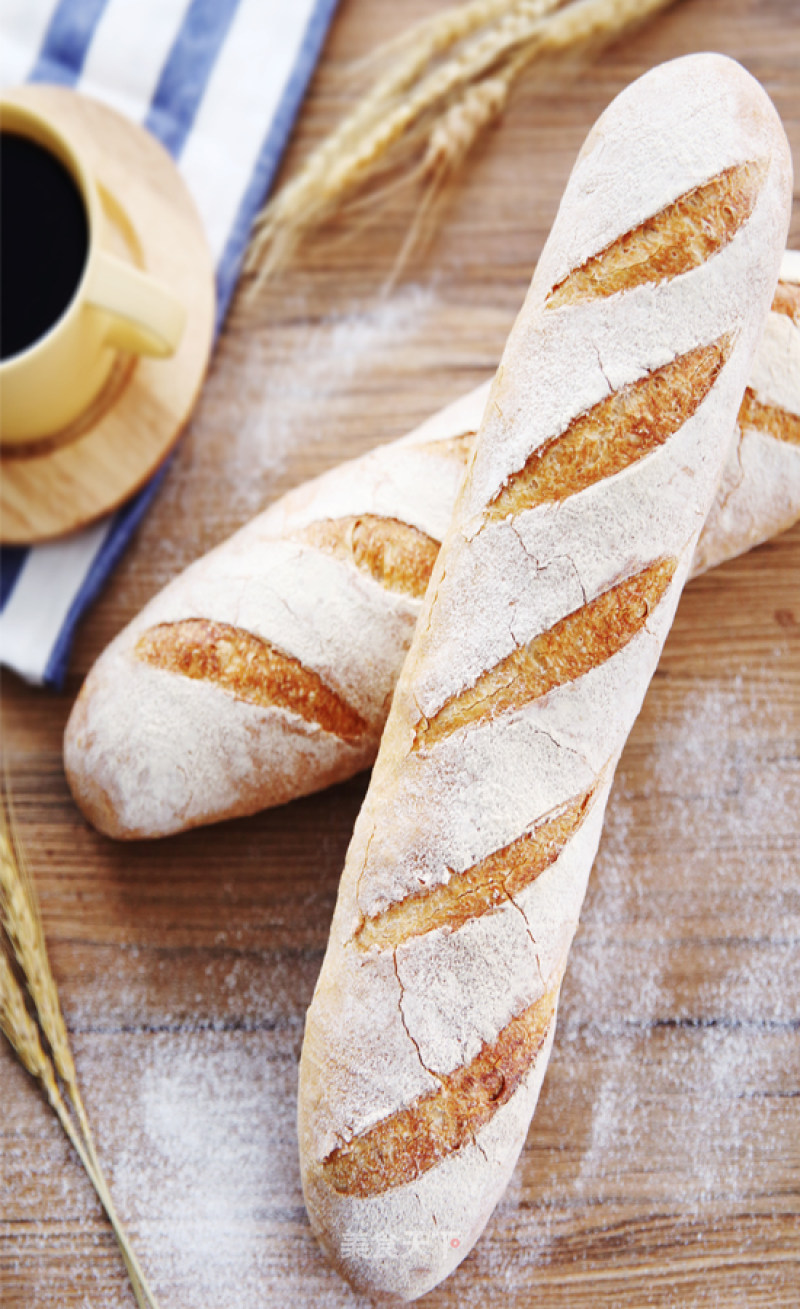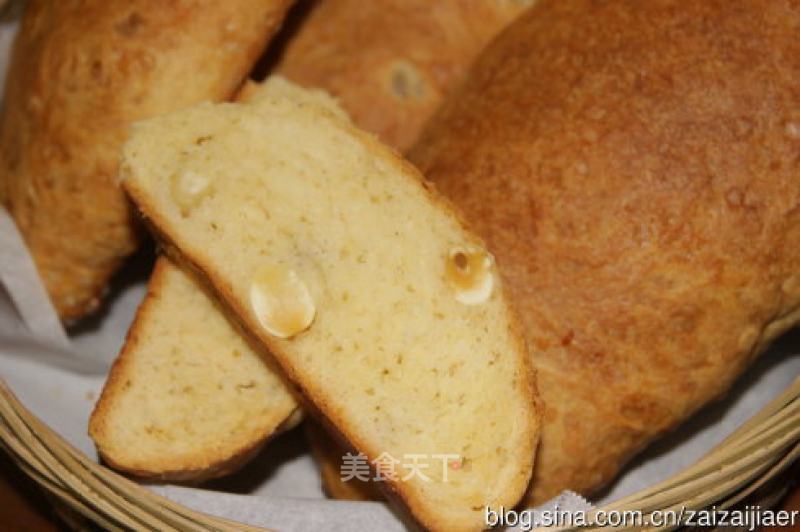French Wine Tuna Bread
1.
Put all the dough materials except olive oil into the mixing tank of the household mixer, with wet materials on the bottom and dry materials on the top;
2.
Beat at low speed until the dough becomes a ball, stop the machine to check the hardness of the dough, if it feels dry and hard, you can add a little more water;
3.
Continue to beat the dough until it is slightly elastic, add olive oil;
4.
Continue to beat at low speed until the dough has eaten up the fat, and turn to medium speed until the surface of the dough is smooth; during this time, you can stop the machine once or twice to scrape the dough from the mixing tank and the mixing hook, and then continue to beat;
5.
Check the condition of the dough: just pull out the rough film;
6.
Take out the dough, round it, put it in a large bowl, cover it with plastic wrap, and perform basic fermentation at room temperature.
7.
While waiting for fermentation, prepare the filling. Dice the onion, drain the canned tuna and set aside;
8.
Add olive oil in a small pot, add diced onions in a hot pot with cool oil, and stir-fry slowly over low heat;
9.
Stir-fry until the onion is transparent and slightly browned, add red wine and continue to stir-fry until the wine smell comes out;
10.
Add some salt to taste;
11.
Add appropriate amount of pepper to taste and turn off the heat;
12.
Add tuna meat;
13.
Stir evenly and cool for later use.
14.
This is the state after 50 minutes: the room temperature in my house is about 21 or 22 degrees, and I leave it next to the radiator to ferment for 50 minutes, regardless of the state;
15.
Take out the dough and press it flat to exhaust;
16.
Divide equally into 6 portions, cover with plastic wrap after rounding, and relax for 15 minutes;
17.
After 15 minutes, take a piece of dough and pat it into a round cake, turn it over and close it up;
18.
Pack the right amount of fillings;
19.
Wrap it up like a bun, squeeze it tightly;
20.
After being rounded slightly, put in the paper film;
21.
All wrapped up.
22.
Put the whole bread dough into the oven, put a bowl of hot water underneath, not too hot, just generate a little steam, close the oven door, and carry out the final fermentation;
23.
Fermented to 2 times to 2.5 times the size, take out and cut out the cross, cut until you can see the filling, put it back in the oven and ferment for another 20 to 30 minutes, take out the bread embryo;
24.
Preheat the oven to 200 degrees, put in the bread dough, spray water on the bread dough and the oven wall, and immediately close the oven door.
25.
Cool down to 180 degrees, bake for 15-18 minutes, until the bread surface is golden;
26.
Put the toasted bread on the wire rack and squeeze an appropriate amount of salad dressing after it has cooled slightly;
27.
Sprinkle a little more vanilla on it-it's ready for rubbing!

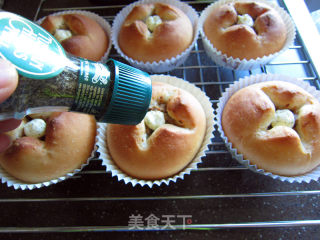
Tips:
1. Don't over-mix the dough, as long as you can pull out the film, no "gloves" are needed.
2. If you add water in the middle, it must be done in small amounts and several times. If you add more water, it will be difficult to handle.
3. The basic fermentation can owe a little, but the final fermentation must be sufficient. This season, the heating room in the north has a good fermentation temperature, but the humidity is not enough, so I put it in the oven and added a bowl of hot water during the final fermentation. The main thing is to increase the humidity, the water should not be too hot, and the bread embryos are allowed to ferment slowly in order to fully reflect the fragrance of French flour;
4. If there is no French flour, high-gluten flour or dumpling flour with higher gluten can also be used.
5. The baking time and temperature are for reference only, adjusted according to the "temper" of the oven.
6. The salad dressing and minced vanilla to decorate at the end are very flavorful, don't omit it. I use mayonnaise and Tuscan vanilla. This vanilla can be bought at the imported food counter in the supermarket. If you can't buy it, you can use other vanilla.

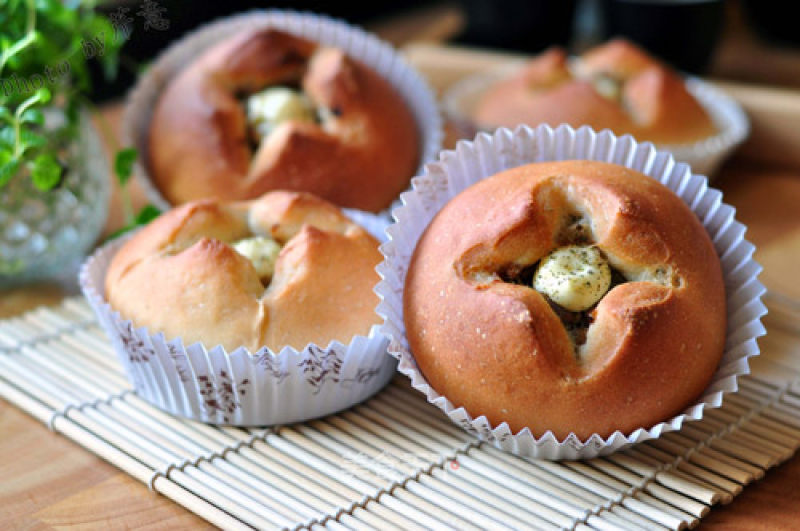

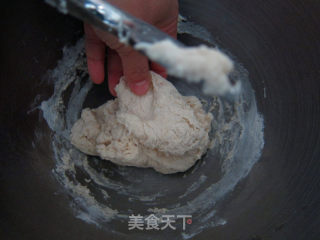
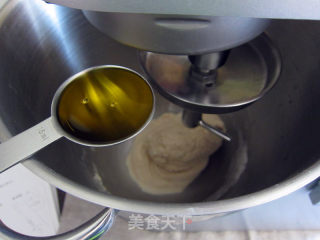
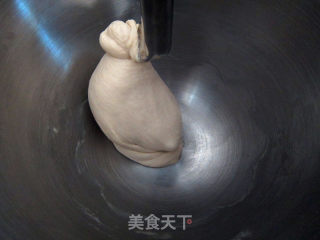
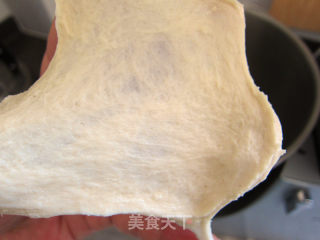

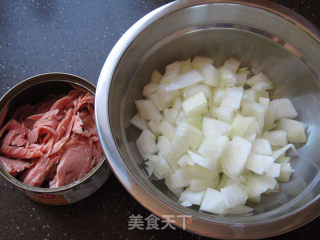
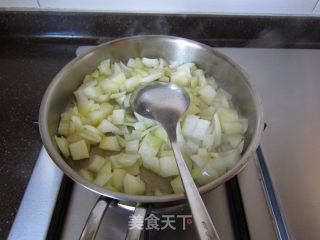

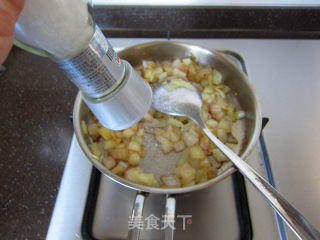

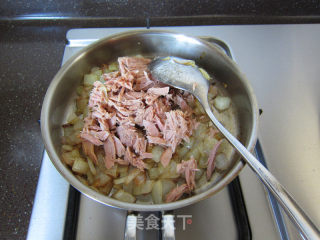
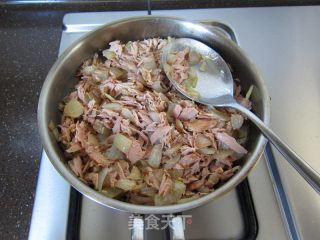
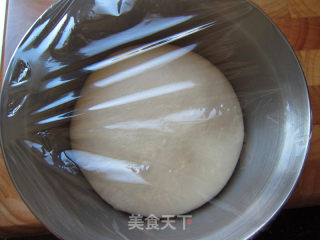
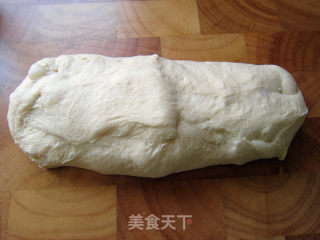
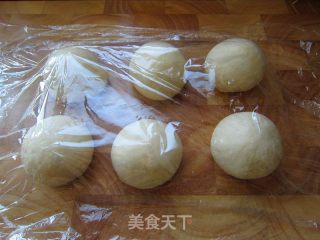
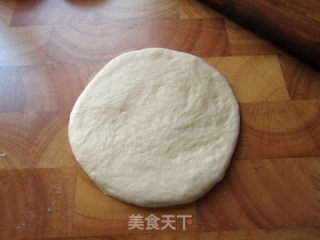
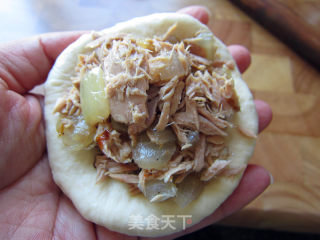
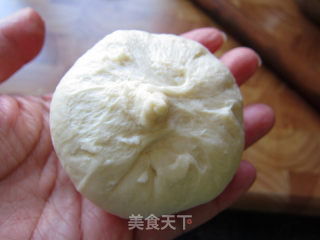
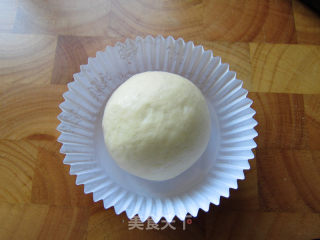
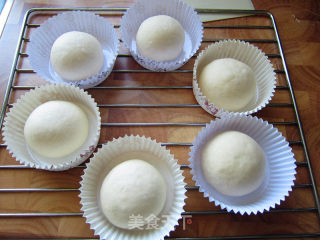
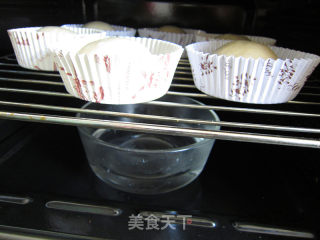

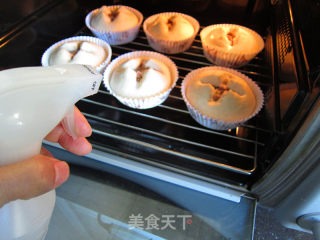



![[pure Bread Heart] Country Baguette recipe](https://img.simplechinesefood.com/b1/b1e6d84f130d715c643134cb774ba8d0.jpg)
